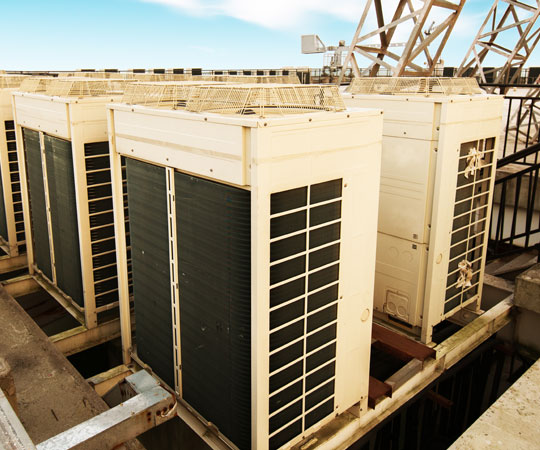kapvin
Well-Known Member
Hi,
We are shifting to Gurgaon and most of the flats we have looked at there for rent, have VRV packaged Airconditioners integrated into the flat. (clearly provided by the builder). now there is a lot of folklore around VRV units and how they are power guzzlers, but intuitively that seems not correct. I can understand that it would be maximally efficient at peak load and would scale down non-linearly, but would it be radically different? and if so, under which circumstances. are there any other watchouts?
secondly, and this is more future-facing thing, when we return eventually to our house in thane, would it make sense to install a VRV? Our current system comprises 7 ACs (4 1.5t and 3 -1t) installed in various ducts. only the drawing/dining ACs are on a ledge which would allow better air circulation. I cannot imagine the duct being a thermally optimal solution, but the space was assigned by the builder (along with concealed piping and wiring so installing splits was plug and play). so we have the twin objectives of better efficiency and more space (in the ducts).
our thane house is 1900sqft carpet (about as big as 2900sq. ft Gurgaon house). Our typical use-case is 2-3 AC on at night every night. and during WFH/study from home 2-3 ac on during the day. Windows are double glazed so fairly good thermal insulation.
posting here in the hope that since Hifi Aficiniados are, generally speaking, more technical, there would be someone with a clear informed view on this.
thanks for looking.
Kapvin
We are shifting to Gurgaon and most of the flats we have looked at there for rent, have VRV packaged Airconditioners integrated into the flat. (clearly provided by the builder). now there is a lot of folklore around VRV units and how they are power guzzlers, but intuitively that seems not correct. I can understand that it would be maximally efficient at peak load and would scale down non-linearly, but would it be radically different? and if so, under which circumstances. are there any other watchouts?
secondly, and this is more future-facing thing, when we return eventually to our house in thane, would it make sense to install a VRV? Our current system comprises 7 ACs (4 1.5t and 3 -1t) installed in various ducts. only the drawing/dining ACs are on a ledge which would allow better air circulation. I cannot imagine the duct being a thermally optimal solution, but the space was assigned by the builder (along with concealed piping and wiring so installing splits was plug and play). so we have the twin objectives of better efficiency and more space (in the ducts).
our thane house is 1900sqft carpet (about as big as 2900sq. ft Gurgaon house). Our typical use-case is 2-3 AC on at night every night. and during WFH/study from home 2-3 ac on during the day. Windows are double glazed so fairly good thermal insulation.
posting here in the hope that since Hifi Aficiniados are, generally speaking, more technical, there would be someone with a clear informed view on this.
thanks for looking.
Kapvin


